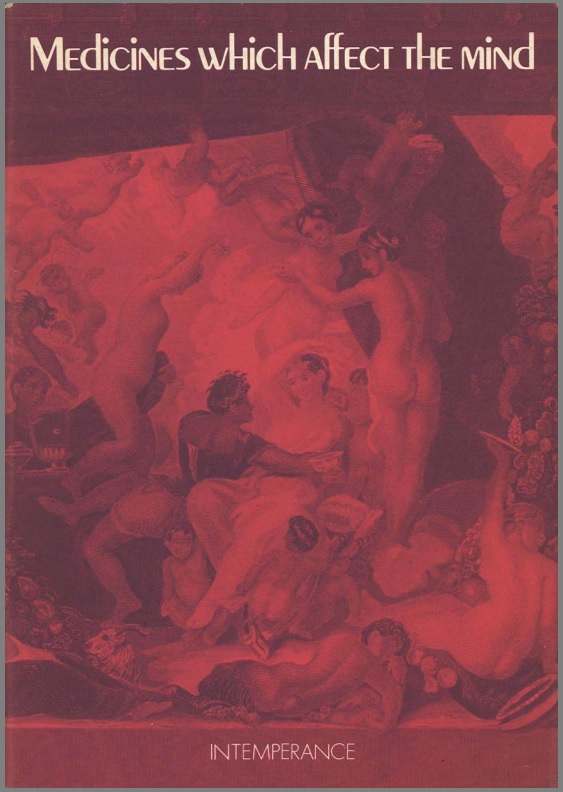Sign up to our newsletter Subscribe
Analysing Global Immunisation Expenditure

Mankind has used mind affecting drugs throughout and probably for many thousands of years before recorded history. In European culture alcohol, tobacco, caffeine and to a lesser extent opium have played particularly important roles as psychoactive agents; but in other parts of the…
Mankind has used mind affecting drugs throughout and probably for many thousands of years before recorded history. In European culture alcohol, tobacco, caffeine and to a lesser extent opium have played particularly important roles as psychoactive agents; but in other parts of the world a wide variety of alternative intoxicants, stimulants and hallucinogens have been employed. These include cocaine, mescaline and cannabis.
Such substances have frequently been of considerable importance to the societies or social subgroups in which their use has been permitted. Control over access to the dominant drugs of a culture has often acted as a focus of authority whilst the experiences they promote have been seen as providing mystical insight as well as direct pleasure. At times they have also been thought to have military or economic significance through their capacity to remove or at least dull normal fears and inhibitions or to alleviate fatigue.
The dividing line between the hedonistic use of drugs and their medical application is often less distinct than it is usually assumed – a point which can be well illustrated with regard to opiate consumption in Victorian Britain as described by de Quincey and subsequent writers. The relief of minor physical or mental discomfort by psychoactive substances (or indeed analgesics) will be seen as either necessary medication, arbitrary
Self-indulgence or fashionable habit according to the values and knowledge of the day. However in certain cases, such as the use of rauwolfia (containing reserpine) in ancient Indian Ayurvedic medicine to treat some forms of psychotic disturbance, therapeutic intent can be clearly discerned regardless of cultural factors.
The development of modern pharmacology has considerably increased the stock of medically as opposed to socially employed psychotropics available, although some of the former may of course be subject to the same uses or, depending on the view of the observer, abuses as the traditionally available drugs.
The impact of the new anxiolytics, neuroleptics and antidepressants of the last two decades has been such that some authorities regard their significance in terms of the relief of human suffering as equivalent to the benefits associated with the antibiotics in the 1940s and 1950s. Yet other informed individuals see the recent expansion of psychiatric treatment based on tranquillisers and kindred medicines as a significant threat to the quality of care for the mentally ill or distressed.
This paper examines some of the reasons for this dichotomy of view and argues that an extreme polarisation between the protagonists of psychotherapy and those of psychiatric chemotherapy is inappropriate in the light of modern knowledge about the causes and nature of mental ill-health. In analysing the data relevant to public concern over the use of psychoactive medicines it also attempts to clarify the distinction between ‘medical’ and ‘social’ psychotropics.
Medicines Which Affect the Mind
